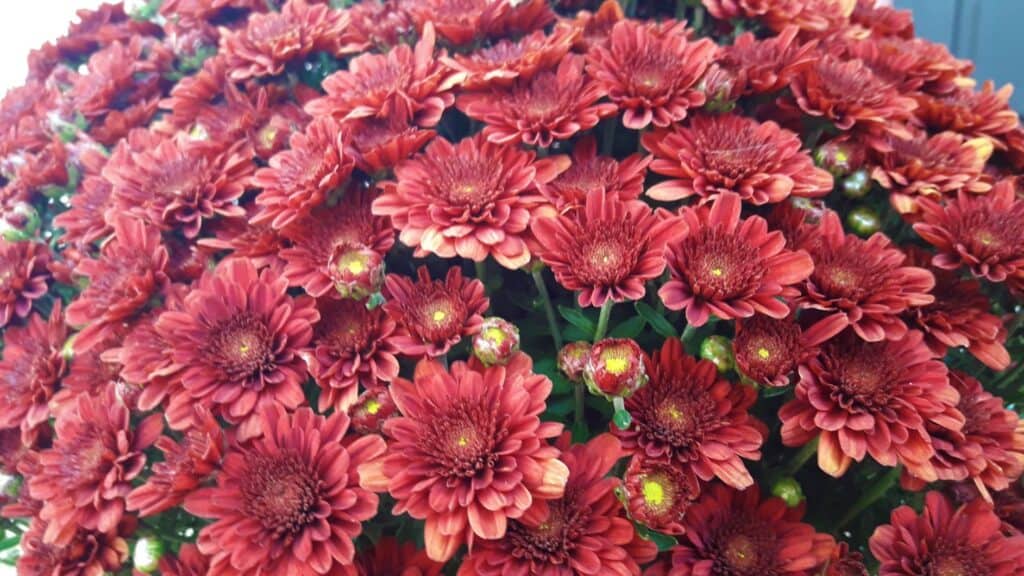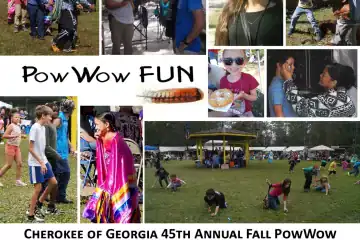No Tricks, Just Treats! The Stories Behind Halloween Symbolism

Pumpkins and costumes, candy and…more candy! Maybe like me you learned long ago about the origins of our favorite Halloween activities, but also like me, you’ve slowly forgotten them over the years. So here’s a refresher for why we celebrate Halloween the way we do!
Halloween, or All Hallow’s Eve, is the holiday on the evening before All Saints’ (or All Hallows’) Day on November 1. Around 2,000 years ago, the Celtic festival of Samhain (pronounced sow-in) was celebrated in ancient Britain and Ireland on November 1, as that was considered the New Year and the beginning of winter. During the Samhain festival, the souls of the dead were believed to return to their homes, while the souls of those who had died during the year journeyed to the otherworld. The Celts believed that beings such as witches, hobgoblins, fairies, and demons were associated with this day. When the Romans conquered Britain in the first century A.D., they added Samhain to their growing list of religious festivals.
In the eighth century, Pope Gregory III designated November 1 as a day to honor all saints, possibly in an effort to supplant this pagan holiday with a Christian observance. The evening before All Saints’ Day became a holy, or hallowed, eve; hence Halloween. By the end of the Middle Ages, these secular and sacred days had merged. Although the Reformation put an end to this religious holiday among Protestants, in Britain Halloween continued to be celebrated as a secular holiday.
In the early American colonies, Halloween was largely limited in the Puritan North but was much more common in the South. When large numbers of immigrants, especially the Irish, came to the United States beginning in the mid-1800s, they brought their Halloween customs with them, and in the twentieth century Halloween became one of the major U.S. holidays, particularly among children.
Now, for the symbolism behind this beloved holiday. Why do we….
Trick-or-Treat?
Trick-or-treating is thought to derive from the British practice of allowing the poor to beg for food, called “soul cakes,” in return for their promise to pray for the family’s dead relatives. Another theory is that during Samhain, Celtic people would leave out food to placate the souls traveling the Earth that night. Eventually, people began dressing up as these otherworldly beings for similar offerings of food and drink.
Our American version may stem from belsnickling, a tradition in German-American communities in which children would dress in costume and call on neighbors to see if they could guess their identities. If no one could identify them, the children were rewarded with food or other treats.
Gorge on candy?
While handouts have long been part of Halloween, until the mid-twentieth century children received not just candy but toys, coins, fruit, and nuts. The rising popularity of trick-or-treating in the 1950s inspired candy companies to market small, individually-wrapped treats. Candy still did not dominate Halloween handouts until parents started to fear unwrapped goods in the 1970s.
Munch on candy corn?
Now for my Halloween favorite! According to some stories, a candy maker at Wunderlee Candy Company in Philadelphia invented this sugar-laden candy in the 1880s. It was known as Chicken Feed and was sold in boxes with the slogan “Something worth crowing for.” Originally it was just autumnal candy because of corn’s association with the harvest, but it rose to trick-or-treating prominence in the U.S. in the 1950s.
Wear scary costumes?
During Samhain, the Celts wore disguises so that the spirits they believed were wandering around would mistake them for fellow ghosts and leave them alone.
Bob for apples?
This game may be derived from the Roman celebration of Pomona, the ancient goddess of the harvest, whose festival was blended with Samhain. It was a courting ritual in which young men and women could foretell their future relationships based on the game.
Eat candied apples?
For centuries, people have been coating fruit in sugar syrups as a means of preservation. Since the Roman festival of Pomona, the goddess often associated with apples, this fruit has had a place in harvest celebrations, but the first mention of candied apples’ being given out on Halloween occurred only in the 1950s.
Carve jack-o’-lanterns?
The custom of hollowing out a vegetable and carving a goulish face in it originated in the British Isles. This tradition derives from the legend of an Irish man named Stingy Jack who repeatedly trapped the Devil and only let him go on the condition that Jack would never go to Hell. But when he died, Jack learned that Heaven didn’t want his soul either so he was condemned to wander the Earth as a ghost for all eternity. The Devil gave Jack a lump of burning coal in a carved-out turnip to light his way, and eventually locals began carving frightening faces into their own gourds to scare off evil spirits. Somehow this tradition translated to our carving pumpkins (named after Stingy Jack) instead.
Celebrate black cats?
This legend originates in Plymouth Colony where the Puritans believed that witches could transform into black cats and back or could reincarnate into black cats after death. This idea is derived from a Medieval legend in which the devil often gifted black cats to witches to act as their servants. Since the Puritans were extremely wary of anything that could be linked to witches whom they viewed as worshiping the devil, black cats were beings of high suspicion. Because witchcraft is associated with modern-day Halloween, this superstition still persists.
Decorate with black and orange?
In the Celtic festival Samhain, black represented the “death” of summer while orange represented the autumn harvest season.
Play pranks?
Samhain, and eventually All Souls Day, seems to have included good-natured mischief. When Scottish and Irish immigrants came to America, they brought with them the tradition of celebrating Mischief Night as part of Halloween.
Spot bats?
It is likely that bats were physically present at the earliest Halloweens. As part of Samhain, the Celts lit large bonfires to relight their hearth fires for the winter and to frighten away evil spirits, but this act also brought insects. These insects naturally attracted bats, which soon became associated with the festival. Medieval folklore later added the superstition that bats were the harbingers of death.
Buy costumes for our pets?
Okay, I don’t have an answer for that one, but these days more people, especially millennials, are buying their pets costumes. In 2018, 20 percent did so, up from 16 percent in 2017.
One last fun fact:
Americans spend an estimated $6 billion annually on Halloween, making it the country’s second largest commercial holiday after Christmas. I’ll contribute my share on candy corn!



2 Comments
sikis izle · November 12, 2020 at 7:58 pm
Hi there! Someone in my Facebook group shared this website with us so I came to give it a look. Josephine Nealy Leggett
Molly Verlin · November 13, 2020 at 10:20 am
Welcome, Josephine!
Comments are closed.